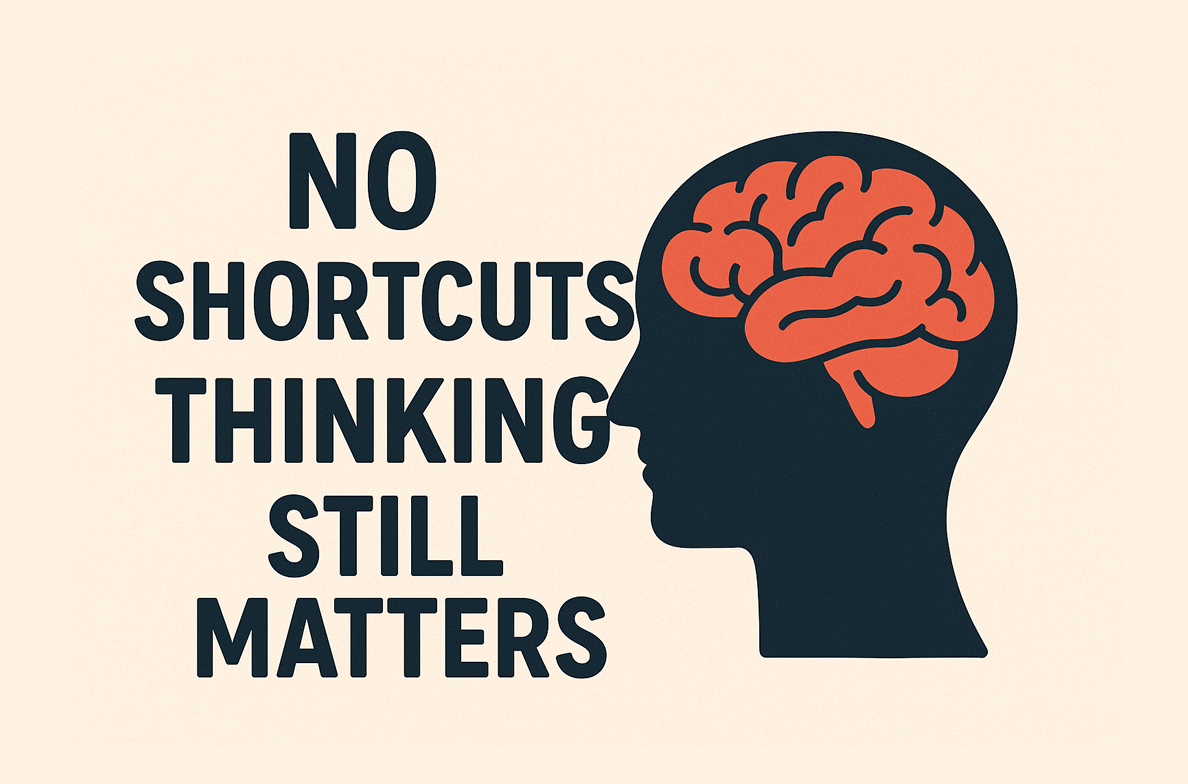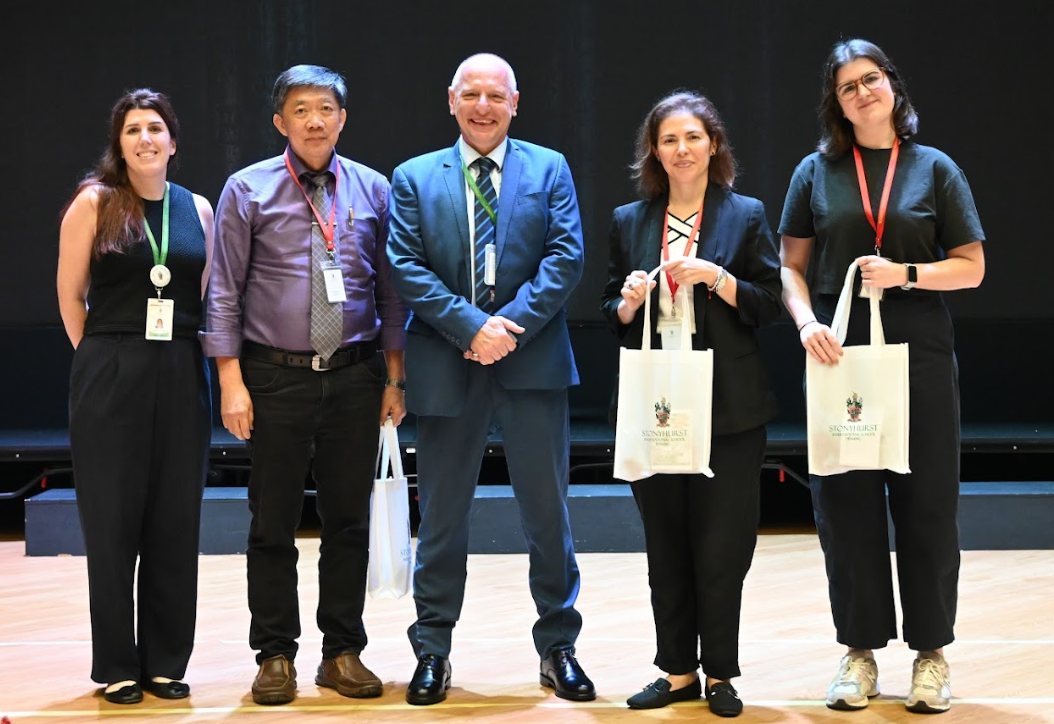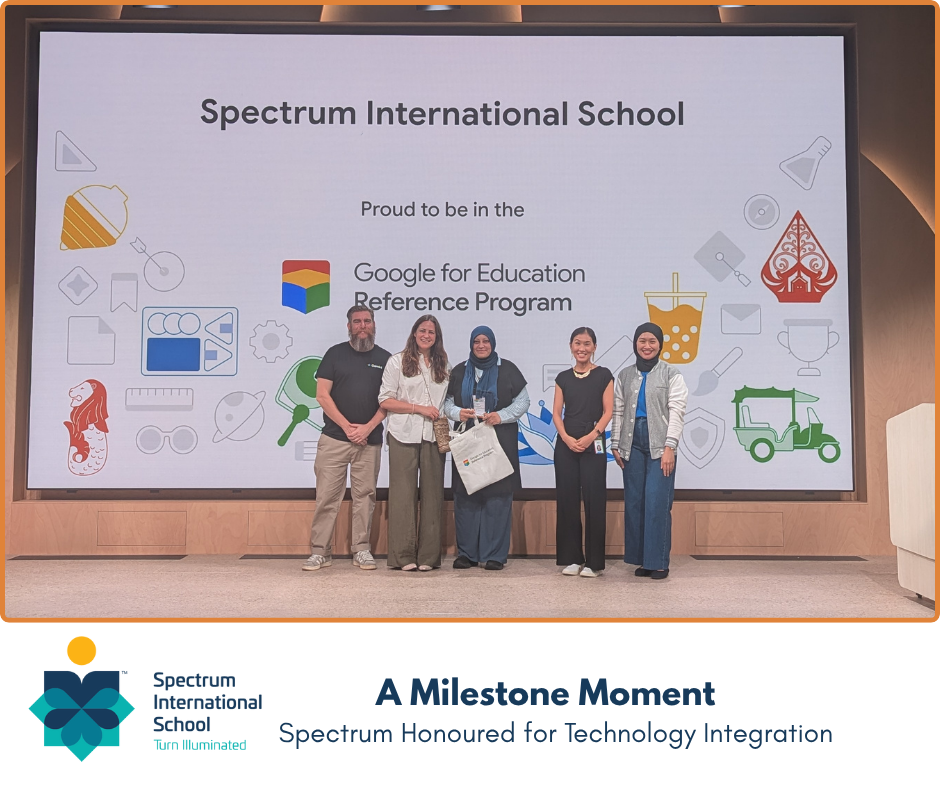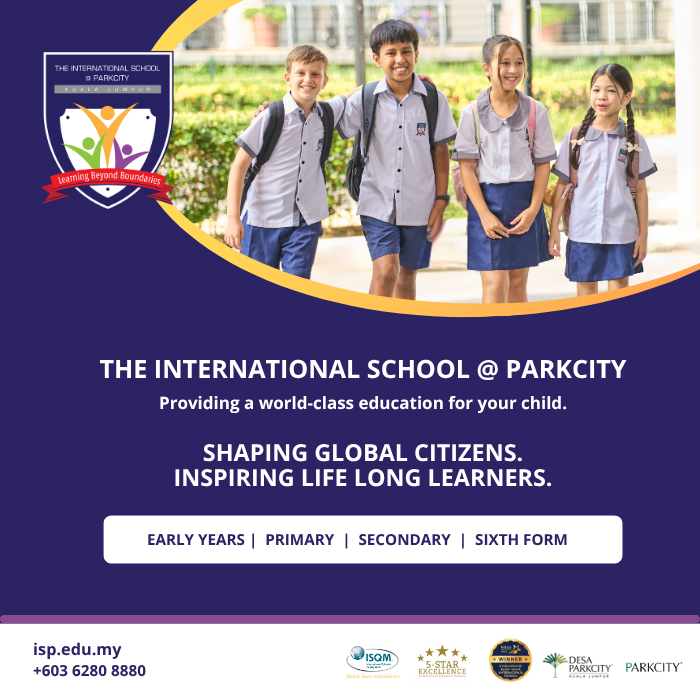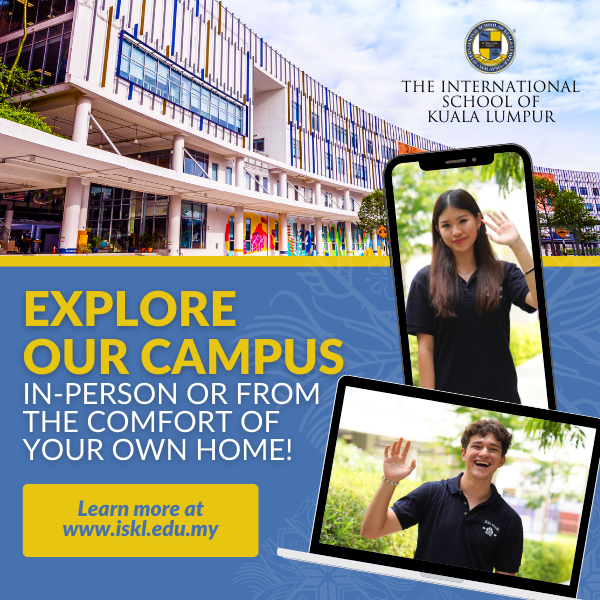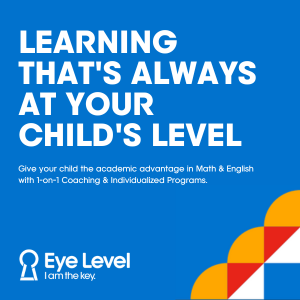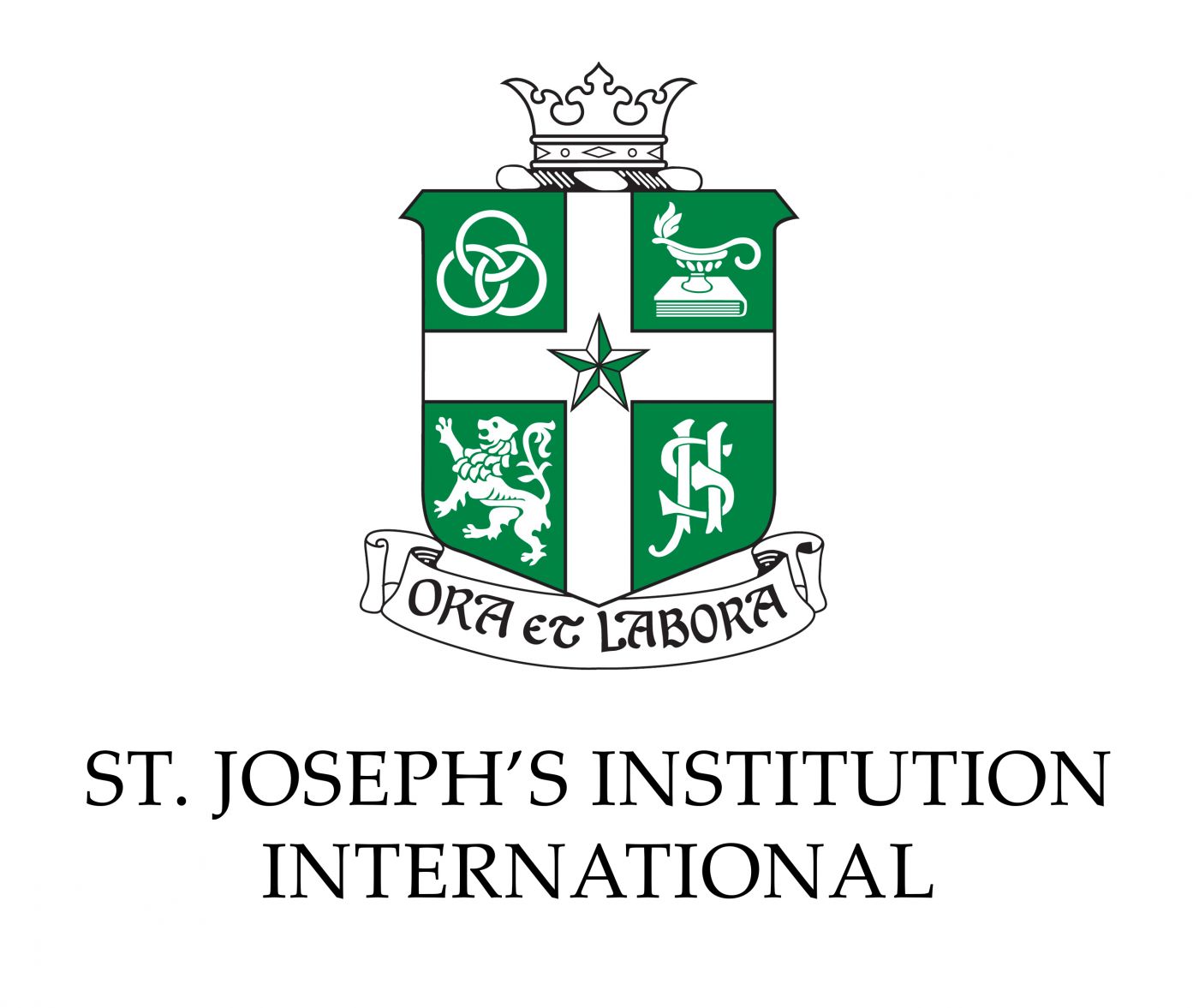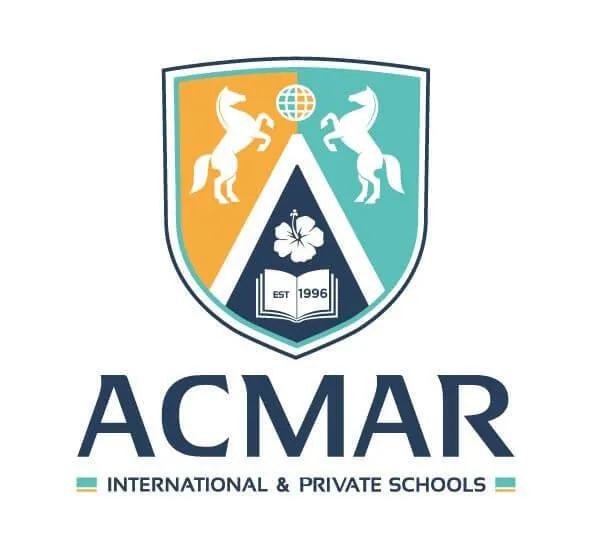In a world driven by rapid technological change, international schools are stepping up to equip students with the skills they need for tomorrow. STEM—short for Science, Technology, Engineering, and Mathematics—has become more than a buzzword. It's a critical part of education that fosters problem-solving, creativity, and innovation. A recent survey conducted by Education Destination Malaysia offers deep insights into how international schools are embracing STEM and what that means for students today.
Starting Young: The Early Integration of STEM
One of the most striking findings from the survey is the emphasis on early exposure to STEM. Schools are beginning to introduce STEM-related activities and lessons as early as preschool and kindergarten. This early integration helps spark curiosity, build foundational skills, and normalize experimentation and setbacks as part of learning.
In the lower primary years, students often explore basic programming concepts using visual tools like Scratch, engage in simple science experiments, and take part in themed learning that integrates different subject areas. This early start ensures that by the time students reach upper primary and secondary levels, they already have a firm grasp of core concepts and a positive attitude toward learning through inquiry.
A Cross-Curricular Approach
Rather than isolating STEM as a standalone subject, many schools are adopting a cross-curricular approach, where STEM is woven into various aspects of the curriculum. This method mirrors real-world applications, where interdisciplinary integration occurs to solve complex problems. For instance, a project on sustainability might involve scientific research, mathematical analysis, coding for data collection, and the engineering of a prototype.
By making connections between different areas of learning, students are encouraged to think more holistically. It also enables them to understand and appreciate the relevance of STEM for life beyond the classroom—how it ties into global challenges like climate change, energy efficiency, and healthcare.

Tools and Technologies That Inspire
From coding platforms and robotics kits to design labs and simulation software, international schools are making strategic investments in STEM tools. These resources not only make lessons more interactive and engaging, they also provide students with practical experience in working with technologies they might encounter in future careers.
Some common tools in use include:
- Microcontrollers and sensors for automation and data collection
- 3D printers for prototyping
- Coding platforms suitable for all age groups
- Science and tech labs equipped with real-world instruments
This hands-on experience allows students to move beyond theoretical knowledge and into experimentation, testing, and iterative learning.
Projects with Purpose
Another theme that stood out in the survey responses was the emphasis on project-based learning. Schools are encouraging students to take on STEM projects that not only align with academic goals but also solve real-world problems. Whether it’s building water filtration systems, designing smart sensors, or creating AI models to address environmental issues, these projects provide a platform for meaningful learning.
This approach builds essential 21st-century skills such as teamwork, critical thinking, and communication. It also allows students to showcase their creativity and explore personal interests within the STEM space.
Beyond the Classroom: Competitions and Community
Many international schools are actively encouraging participation in STEM competitions, exhibitions, and collaborations with external organizations. These experiences provide students with an opportunity to apply their skills in unfamiliar contexts, to learn from peers, and to receive feedback from experts.
External exposure also builds confidence and introduces students to the broader community of innovators, educators, and industry leaders. It fosters a sense of purpose and direction, particularly for older students considering STEM-related careers.

The Road Ahead: Future Plans for STEM
While current STEM offerings are robust, the future looks even more promising. Schools are continuously updating their programs to stay aligned with global trends and student interests.
Some are looking to:
- Integrate AI and machine learning into the curriculum
- Expand sustainability-focused STEM projects
- Develop dedicated makerspaces and digital learning hubs
- Encourage more interdisciplinary learning, such as STEAM (adding Arts to STEM)
These forward-looking strategies reflect an understanding that education must evolve as technology evolves. It’s not just about preparing students for exams, but for a world where adaptability and innovation are key.
Skills That Stick
STEM education isn’t just about content. It’s about cultivating mindsets that are adaptable, resilient, and future-ready. The top skills schools are aiming to develop include:
- Critical thinking
- Problem-solving
- Capacity for Innovation
- Team -building
- Confident Creativity
These competencies are essential regardless of a student’s eventual career path. In fact, many employers today value these soft skills as highly as they do technical knowledge.
Why This Matters for Parents
For parents contemplating an international education for their children, a school’s approach to STEM can be a helpful indicator of its broader educational philosophy. STEM-rich environments tend to encourage curiosity, resilience, and independence—traits that are beneficial in both school and life.
As more schools embrace STEM in thoughtful, well-integrated ways, students do not only gain knowledge but also learn how to apply that knowledge to make a difference. Whether it’s through building robots, coding apps, or developing sustainable technologies, they are developing a toolkit that will serve them well in an unpredictable and fast-changing world.
STEM in international schools is more than a trend—it’s a commitment to preparing students for a complex and exciting future. The schools that are getting it right are those that view STEM not just as a collection of subjects, but as a platform for exploration, collaboration, and innovation.
As global challenges mount and the digital economy grows, the ability to think critically, create boldly, and learn continuously will define success. Through early exposure to STEM, real-world projects, and integrated learning, international schools are helping students build not just knowledge, but purpose.
More than just a school subject, STEM becomes a lens through which students can explore their world, question assumptions, and design better solutions. It teaches perseverance in the face of setbacks, courage to tackle the unknown, and empathy to solve problems that matter.
For families exploring school options, it’s worth asking: How is this school preparing my child for what’s next? If STEM is part of the answer, you’re likely to be on the right track.
Education Destination Malaysia would like to thank the following international schools for participating in the STEM survey:
- Seven Skies International School
- Forest City International School
- Jerudong International School
- Garden International School
- Spectrum International School.
Their insights have contributed significantly to a better understanding of how STEM education is being shaped in international schools across the region.
Stay tuned to Education Destination Malaysia for more insights on international education and the future of learning.













